When in Portugal, act Portuguese!
Try these 5 traditional Portuguese amazing drinks and learn in the process about the Portuguese culture.
AGUARDENTE
Aguardente literally translates as firewater and it has quite the reputation in Portugal because it gets its name for the burning sensation it leaves in your throat and stomach!
The ones you find in supermarket are usually around 40% alcohol, but the ones you get from the locals are around 70%
The most common explanation given to the drink is fermented and distilled alcohol made from a variety of fruits and grains.
In the Algarve, aguardente is typically made from medronho but also oranges and even figs. In the Algarve, aguardente de medronho is the most popular.
The medronho is a small spikey fruit found across southern Portugal, it's also called a strawberry tree fruit.
If you don't fancy purchasing a whole bottle of the stuff, many bars and cafés will sell shots for less than €1.
LICOR BEIRAO
The recipe is an absolute secret that no one knows about but what it is known is that this sweet liqueur dates back to the 19th century.
The taste is very different from everything you have ever tried before and it goes well in cocktails. Similar in taste you have Pimms, or Jägermeister.
It's been marketed as the national drink of Portugal for several decades. You can drink it neat over ice, added to coffee, and even on top of ice cream.
GINJA or GINJINHA
Ginjinha or just Ginja is a liqueur made from sour cherries that is linked to the towns of Óbidos, Alcobaça and Lisbon. It's an infusion of aguardente locally grown produce, cherry and sugar.
The drink is enjoyed throughout the country and if you are a fan of the local market food, chocolate festivals or any festivities, you'll often see it sold in edible chocolate shot cups. As a recommendation, the best way to try it is in these chocolate cups, because the sweetness of the chocolate makes the alcohol more palatable. Is like eating a chocolate bonbon with cherry liqueur!
Sometimes the chocolate cups are white and sometimes decorated for Christmas or Halloween, which makes the tasting more special. One cup, including chocolate and the liqueur tastes as little as 1 euro.
One of my favorite activities on one of these occasion is to make "the tour of the Ginja" - meaning go to all the merchants who sell chocolate cups with Ginja liqueur and try one. Than vote the best one and take home a little bottle as a memory of that day.
LICOR DE AMENDOA AMARGA
Most commonly known as "amêndoa amarga" or "amarguinha". This traditional Portuguese drink comes from the Algarve, as the best production takes place there.
It is a liqueur made from the bitter almond. The bitter almond tree grows plentifully around the Algarve, but was largely considered inedible due to the bitter taste and rather poisonous almonds. Poisonous because it contains cyanide and if you like a good murder mystery, you will instantly think of Agatha Christie's Poirot!
It is served as a digestif at the end of a meal and they say it's a great alternative to Port Wine, but I prefer the Port because it's sweeter. Even the name of this liqueur - amarga - says that the taste it's bitter.
As a cocktail you can drink it in the summer with a lemon juice and ice, making it a little paletable.
Crème de Pastel de Nata
Similar to Bailey's, Portugal's has it's very own version and it is called Creme de Pastel de Nata. The most popular is Licor 35 who is in fact the original one, the first created.
The name 35 comes from the fact that after 21 unsuccessful attempts to create this liqueur, to get it to the taste it has today they blend the sample 3 and the sample 5 of these 21 attempts. The result is what you can taste today if you buy a bottle of Licor 35.
Other brands produce it also but they simply call it licor natas. It's suppose to have the flavour of a pastel de nata but actually has more of a taste of vanilla and cream.
It is served over ice as a very sweet digestif, but is also added into coffees in order to create a Portuguese version of Irish coffee. Also added in many sweets, as everything in Portugal tastes like Pastel de Nata and almonds.
What other traditional Portuguese drinks have you discovered? Curious about other traditional Portuguese drinks and foods? Try our Gourmet section, to see where and what to eat, while in Portugal.
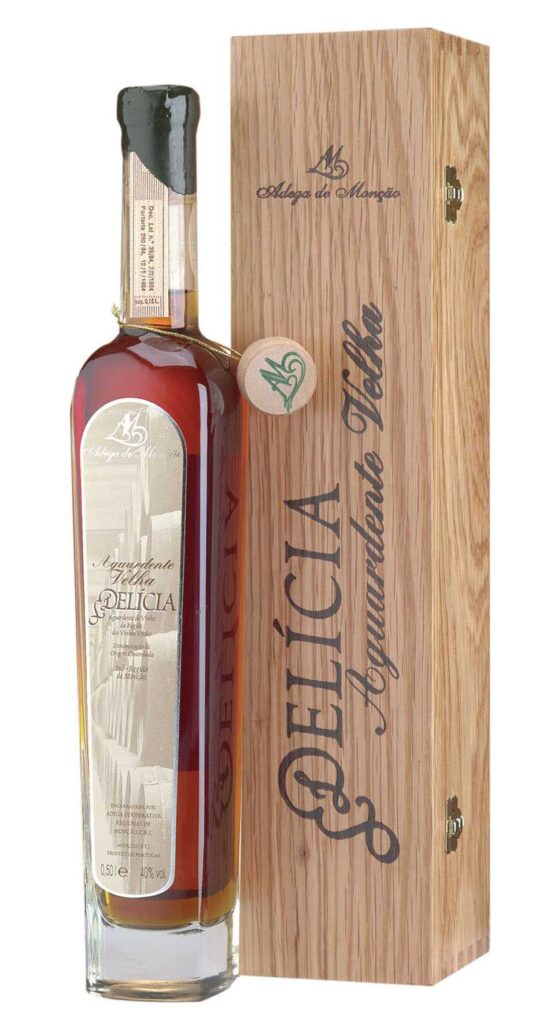
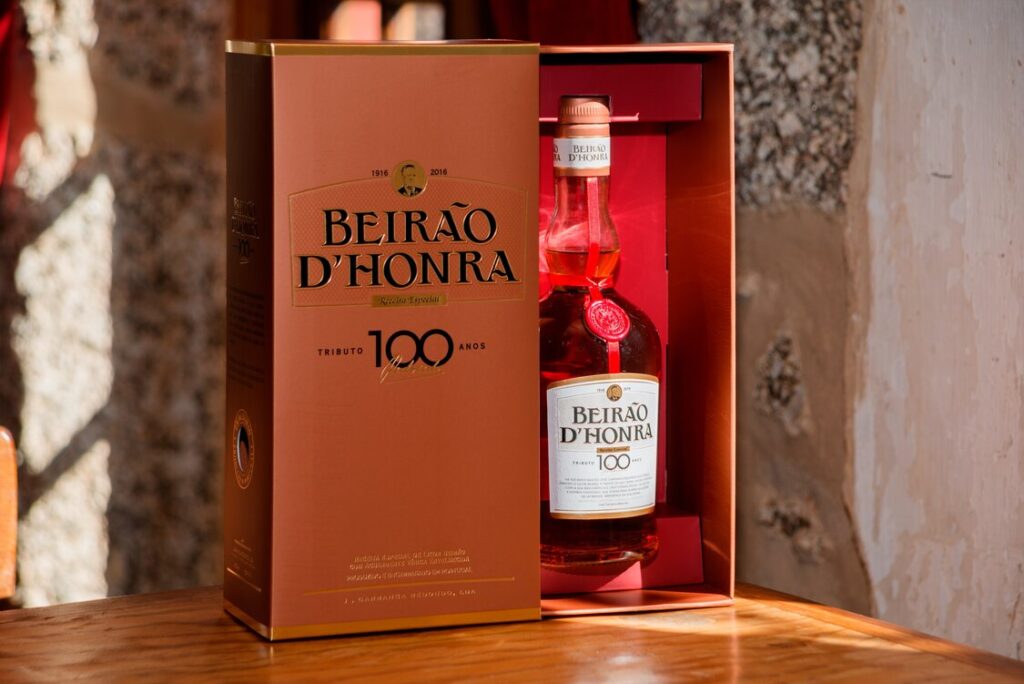
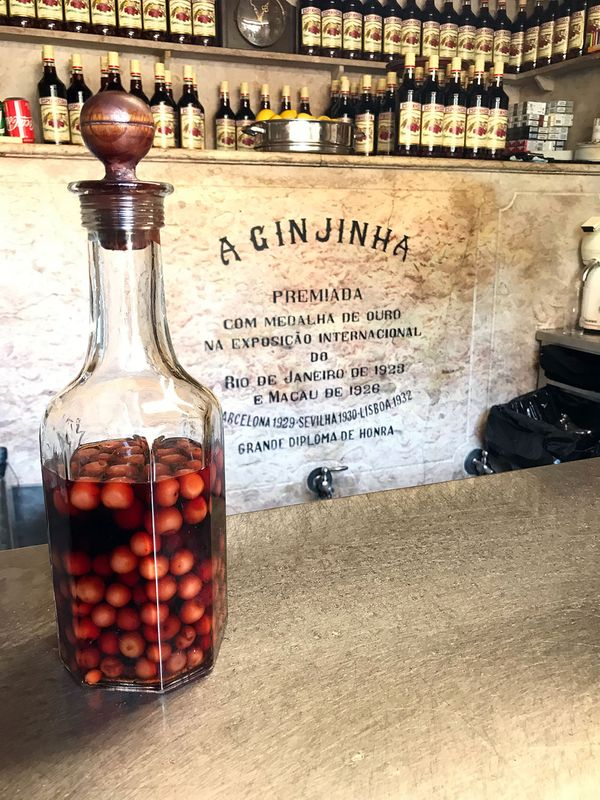
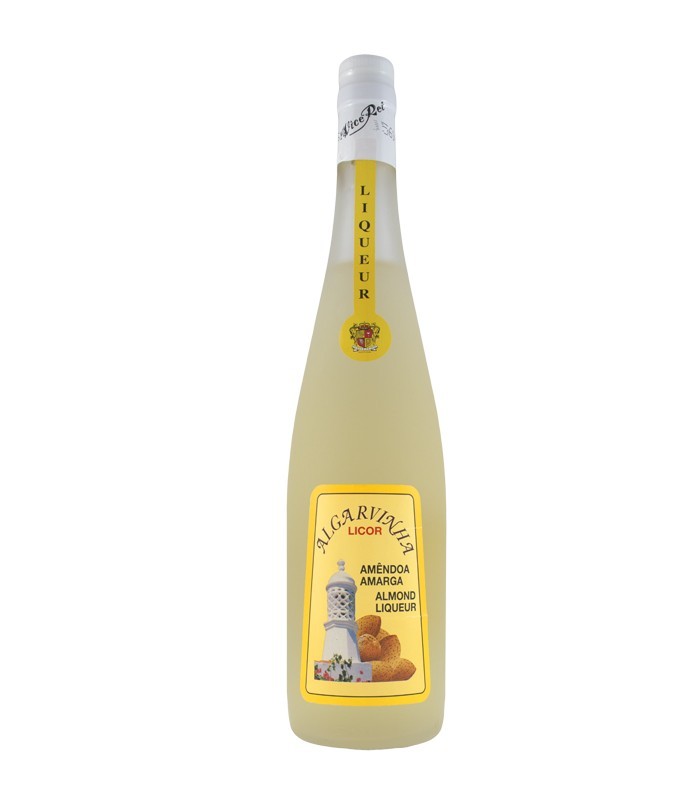
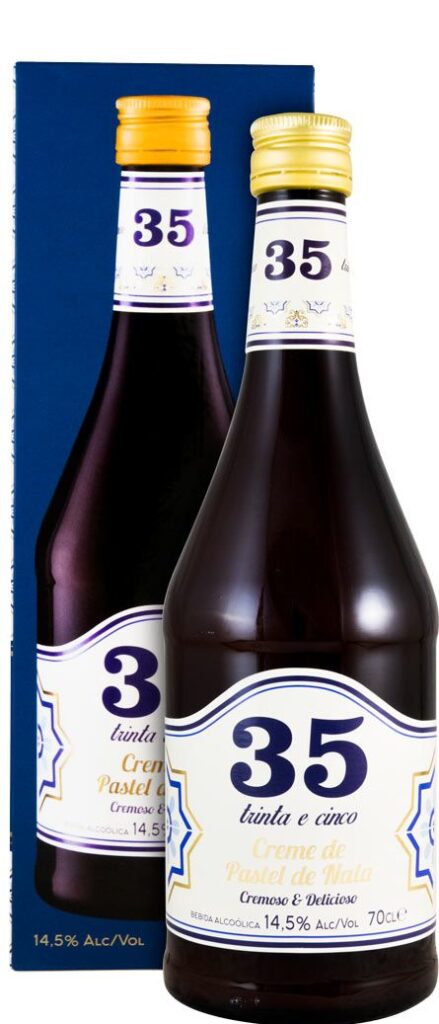


No comments:
Post a Comment